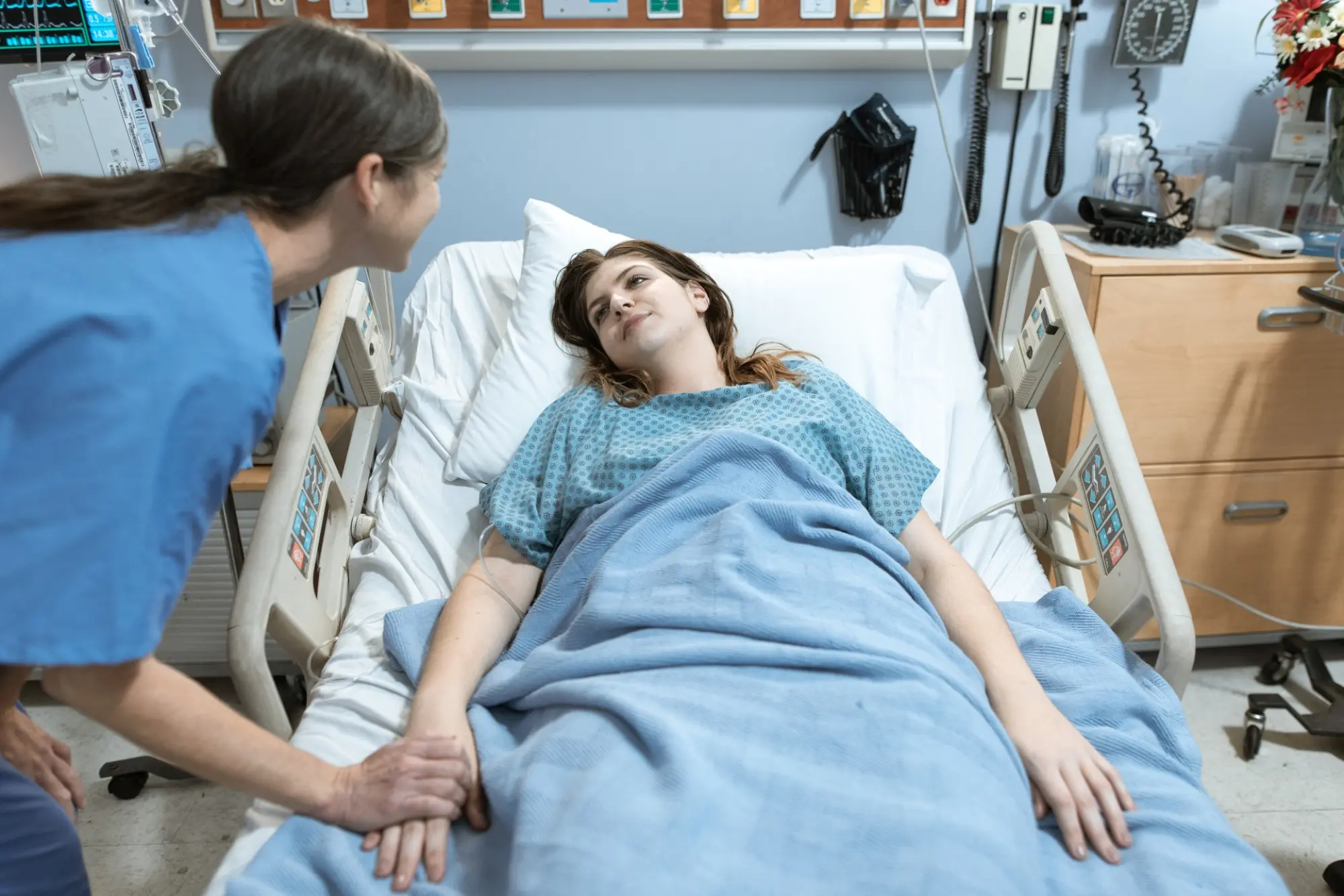At Nutritics, we believe that technology has the ability to enrich and improve the patient experience, in addition to bringing a wealth of other benefits to your healthcare organisation. Read on for eight ways in which digital ordering can protect, support and empower patients, making their entire stay smoother and more comfortable.
1. Improves patient safety
At a fundamental level, the use of digital ordering systems increases patient safety. The menu presented to each patient can be tailor-made to tick a number of boxes, ensuring that no patient can order a meal that is unsuitable or unsafe for their particular health situation. This includes:
- Allergen management – eliminate the risk that patients with food allergies will be offered food that is unsafe for them.
- Special diets – ensure that patients on special diets have access to only suitable meal options. This can include anything from a diabetic-friendly dinner menu to a heart-healthy selection.
- Individual needs and conditions – for example, IDDSI requirements can be set on a patient level, so that those at risk of choking are provided with a menu offering only foods safe for them to eat.
2. Matching dietary preferences
Menus can also be tailored to match patients’ personal preferences — such as vegetarian or vegan meal options — improving overall satisfaction.
3. Encouraging appetite
Good nutrition is as important for recovery as it is for health in general. In addition to assisting in decision-making, including attractive images of available dishes may add appeal and help to stimulate patients’ appetites, encouraging recovery.
4. Knowledge is power
Digital ordering allows for greater transparency around nutritional contents, ingredients and provenance. With more information available to patients, they have a greater degree of control; patient autonomy is important in terms of respect, and has been linked to positive outcomes for both physical and mental health.
5. Minimising risk of error
While errors around allergen and other dietary requirements can have serious, potentially fatal consequences, even trivial mistakes can have a negative impact on a patient’s experience. A well-designed digital ordering service should remove the risk of human error.
6. Easing communication
The use of imagery within digital menus can help to remove communication barriers with certain patient groups. Pictures are especially helpful for patients with learning difficulties, dyslexia or sight loss, or patients for whom English is not a first language.
7. Increasing efficiency
Because information can be sent to the kitchen in an instant, digital ordering minimises the time between ordering and service. This allows patients to choose their meal much closer to the time they will eat it, giving them less opportunity to change their minds about what they want — often a possibility for those who are feeling unwell.
8. Improving menu design in the long term
Reports can identify the most and least popular meals for patients and record dish-specific feedback, all of which can be used to improve the overall quality of the catering offer in the long run.
